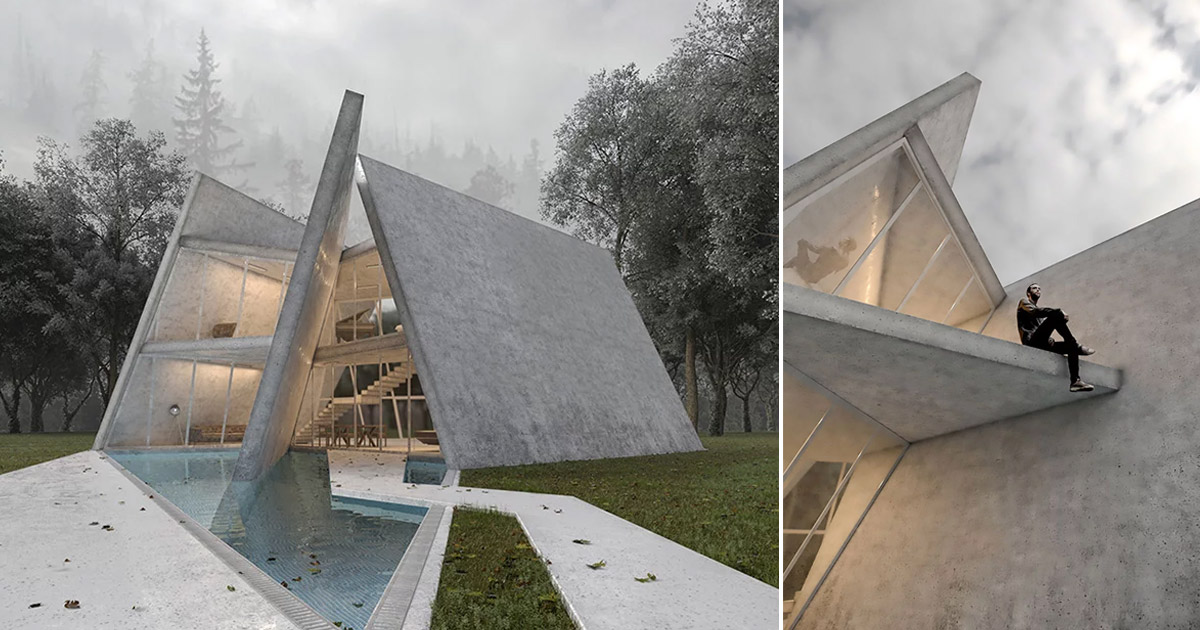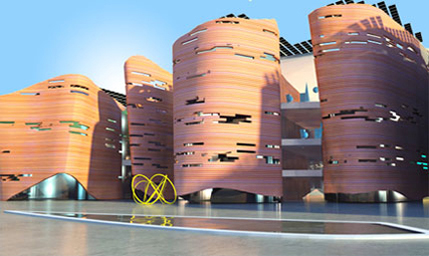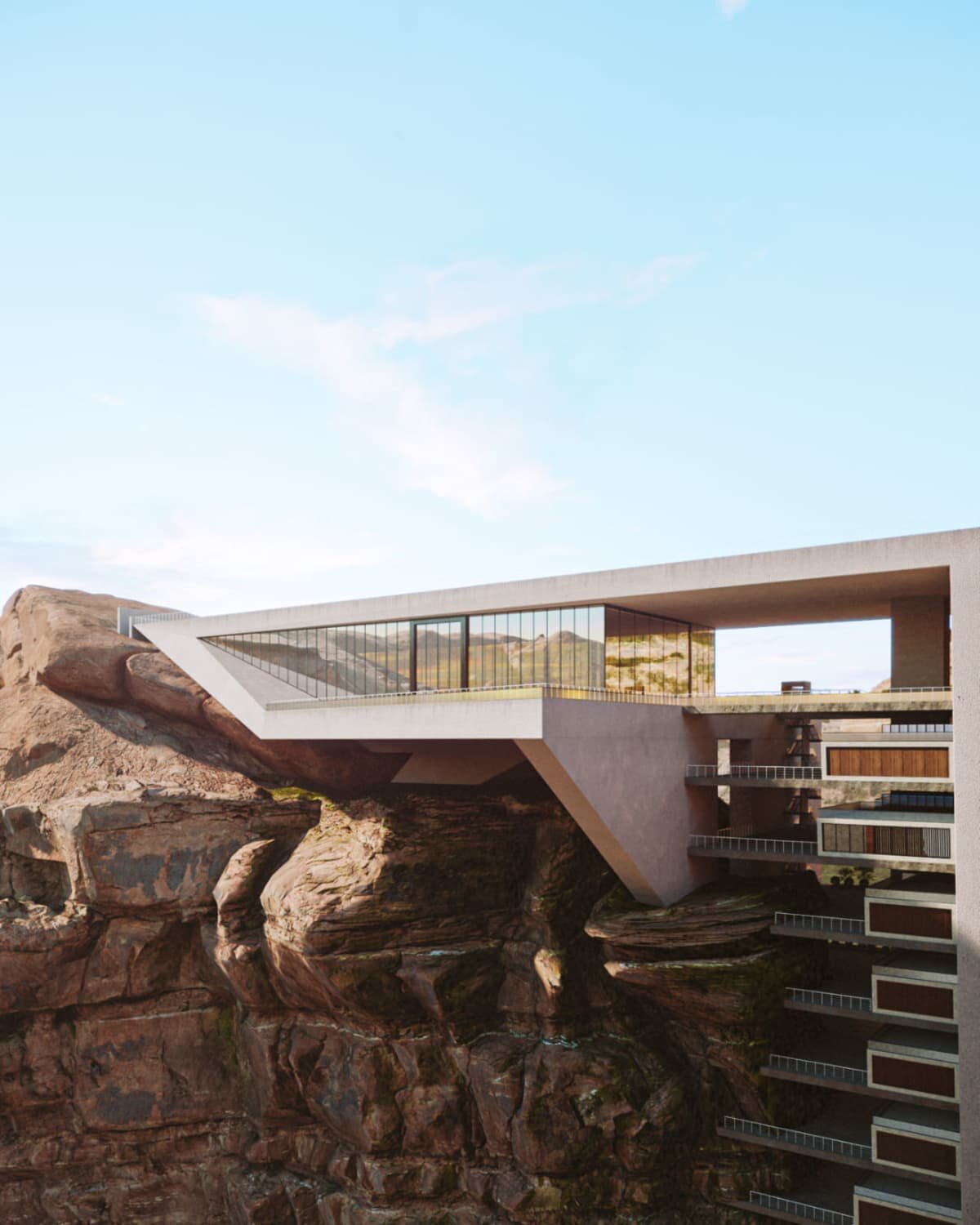


Thus, stadiums have the responsibility to reverse and eradicate the negative effects perpetuated. Such events highlight the inequality between the poor and wealthy within a country, as well as the inequality between humans and nature. This results in millions of gallons of water being consumed simply for day-to-day operations. Furthermore, as teams build larger stadiums to allow more people to attend and to increase team revenue, more amnesties and restrooms are required. Additionally, gathering thousands of vehicles in one location like a stadium worsens an area’s traffic and traffic-related air pollution because of the use of both construction and personal vehicles of stadium attendees and employees. Such projects often fail to use recycled or local products that could reduce their environmental impact. In both their construction and general usage, sports stadiums themselves exacerbate this effect. To name but a few, such consequences include illegal landfill sites for construction materials, bare stretches of forest made into alpine ski slopes, and displaced animals whose homes were slashed and burned to make a stadium. Mega-sporting events have detrimental environmental consequences. More recently there has risen a requirement which is especially pressing for stadiums: “Sustainability.” Joking aside, generally, the built environment not only exists to serve a function, but also to be beautiful and have meaning. Unsurprisingly, a baseball player batted a ball into the tank and shattered the glass. In the USA, MBL team the Miami Marlins (a marlin being a type of fish) interpreted “cultural identity” as a 20m long fish tank around the balling field. The National Stadium in Beijing resembles a bird’s nest, an expensive east Asian delicacy, the pattern of which is often found on Chinese porcelain bowls. The Ras Abu Aboud stadium in Qatar is made of shipping containers, a nod to the country’s thriving seafaring trade conducted over centuries on the waters of the nearby Gulf of Persia. Personally, the stadiums which best achieve this are constructed in a way that stays true to a place’s cultural identity. Younha Rhee: Creating a Paris-Agreement-Proof DesignĪ stadium is at the heart of a city’s team and it is integral that it is something fans are proud of. And as such groups each ebb and flow in importance, the internal architecture of stadiums will adjust accordingly. It is these different needs, relationships and emotions which shape stadiums to be the structures they are. The world needs to be awed, excited and impressed by the stadium. The nation needs to feel a sense of pride and tribalism when inside the stadium. Locals need to be able to visit and use the stadium daily. Upon reflection, this raises a compulsive question: who are stadiums built for? The locals, the nation, or the world? Granted, each party has a different relationship with the stadium. But more importantly, this signifies a shift to a global audience due to the increased accessibility that digital media provides.

On a technical level this means the best seats in the stadium no longer go to the owners, managers, and actual royalty, rather they go to the camera crew and journalists. Perhaps the statement which stood out to me the most in Paul Brislin’s talk was “Digital Media is the new royalty”. Hence nearly all stadiums, old and new, are built in a bowl-like shape, with tiered seating looking down towards the centre. This is because society has always revered sports and so the function of stadiums: to bring people close to their entertainment, has also never changed. Interestingly, he pointed out that while sport has evolved from Stone Age wrestling and Roman gladiator fights to the extravagant Super Bowls and Olympic Games they are now, stadiums themselves have never changed. Last month, Paul Brislin, director of Arup, gave a talk to a diverse audience ranging from Year 7 secondary students to architecture professionals, about stadiums.

They are at the heart of sports games and unite fans through truly memorable in-person experiences. Now sitting on my couch glumly flicking through Sky Sports by myself, I realise just how important stadiums are. Gone are the days of hugging random people when a goal for your team is scored. In the age of COVID, gathering along with thousands of other people to watch a sports match seems like a distant dream.


 0 kommentar(er)
0 kommentar(er)
